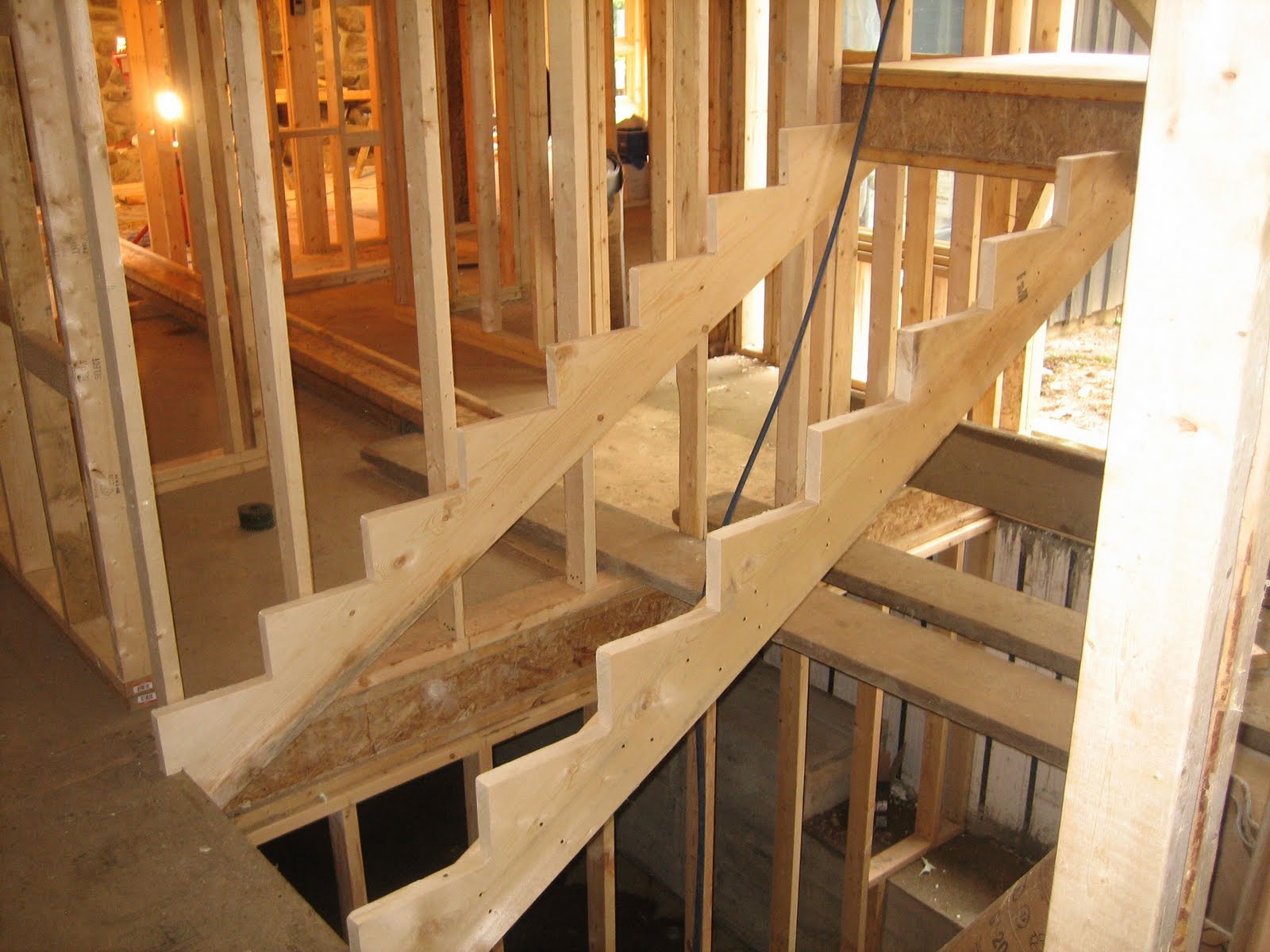Conquer Your Stair Project: Mastering Metal Stringer Installation
Ready to upgrade your home with the sleek, modern look of a metal staircase? Installing metal stair stringers can seem daunting, but with the right guidance, it's a project you can conquer. This comprehensive guide will walk you through every step, from initial planning and measurements to securing the stringers and adding the finishing touches.
Metal stair stringers offer a contemporary alternative to traditional wooden supports. They are known for their strength, durability, and ability to create a visually appealing "floating" staircase effect. Understanding the process of installing these stringers is crucial for a safe and successful outcome. A poorly installed stringer can compromise the entire structure, making accurate measurements and secure fastening techniques absolutely essential.
The history of metal stair stringers is intertwined with the rise of industrial architecture and modern design. As metal became more readily available and fabrication techniques advanced, metal stringers emerged as a strong and stylish alternative to wood. Today, they are a popular choice for both indoor and outdoor staircases, offering a clean, minimalist aesthetic.
One of the main issues DIYers encounter when tackling metal stringer installation is ensuring accurate measurements. Even a small miscalculation can throw off the entire project, leading to uneven steps or instability. Properly securing the stringers to the upper and lower landings is another critical aspect that requires careful attention and the right tools.
Before diving into the installation process, it's important to understand the key components. The "stringer" is the main support beam that runs diagonally beneath the stairs. "Treads" are the horizontal surfaces you step on, and "risers" are the vertical boards between each tread (if your design includes them). "Fasteners" refer to the bolts, screws, or welds used to secure the stringers and other components.
One benefit of using metal stringers is their inherent strength. They can support substantial weight, making them a reliable choice for high-traffic areas. For example, a steel stringer can easily handle the weight of multiple people ascending or descending the stairs simultaneously.
Another advantage is their durability. Metal stringers are resistant to rot, insect damage, and warping, unlike wooden stringers. This longevity makes them a smart investment for long-term structural integrity. For instance, exterior metal staircases can withstand harsh weather conditions with minimal maintenance.
Finally, metal stringers offer design flexibility. They can be fabricated in various shapes and sizes, allowing for unique and customized staircase designs. This versatility makes them a popular choice for modern and contemporary homes seeking a distinct aesthetic, such as spiral staircases or those with open risers.
Action Plan:
1. Measure and Plan: Accurately measure the rise and run of your staircase. Determine the number of treads and risers, and select appropriate metal stringers. 2. Prepare the Stringers: Cut and fabricate the stringers according to your measurements. Pre-drill holes for fasteners. 3. Install the Stringers: Secure the stringers to the upper and lower landings using appropriate fasteners or welding techniques. Ensure they are level and plumb. 4. Attach Treads and Risers: Fasten the treads and risers to the stringers, ensuring they are evenly spaced and secure. 5. Finishing Touches: Add any desired finishing touches, such as handrails or paint.
Advantages and Disadvantages of Metal Stair Stringers
| Advantages | Disadvantages |
|---|---|
| Strength and Durability | Potential for Rust (if not properly treated) |
| Design Flexibility | Can be more expensive than wood |
| Low Maintenance | Requires specialized tools for cutting and welding (depending on the project) |
FAQ:
1. What type of metal is best for stair stringers? Steel is a common choice due to its strength and affordability. 2. Can I install metal stringers myself? Yes, with proper planning and the right tools. 3. Do I need to weld metal stringers? Welding is one option, but bolting is also common. 4. How do I calculate the rise and run of my stairs? Measure the vertical distance (rise) and horizontal distance (run) of the entire staircase. 5. What tools do I need to install metal stringers? Essential tools may include a tape measure, level, drill, and appropriate fasteners. 6. How do I prevent rust on my metal stringers? Use galvanized steel or apply a rust-resistant coating. 7. Can I use metal stringers for outdoor staircases? Yes, but ensure they are treated for outdoor use. 8. Where can I buy metal stringers? Metal fabricators, steel suppliers, and home improvement stores.
Installing metal stair stringers can transform your home, adding both style and functionality. While the process requires careful planning and execution, the results are well worth the effort. By following this guide, understanding the key steps, and addressing potential challenges, you can confidently embark on your metal stair stringer project and create a stunning and lasting addition to your living space.
Elevating home truths decoding the allure of hip roof addition pictures
Unlocking the realm exploring fantasy tower defense simulator codes
Unlocking spatial potential mastering 60 foot wide lot house plans














